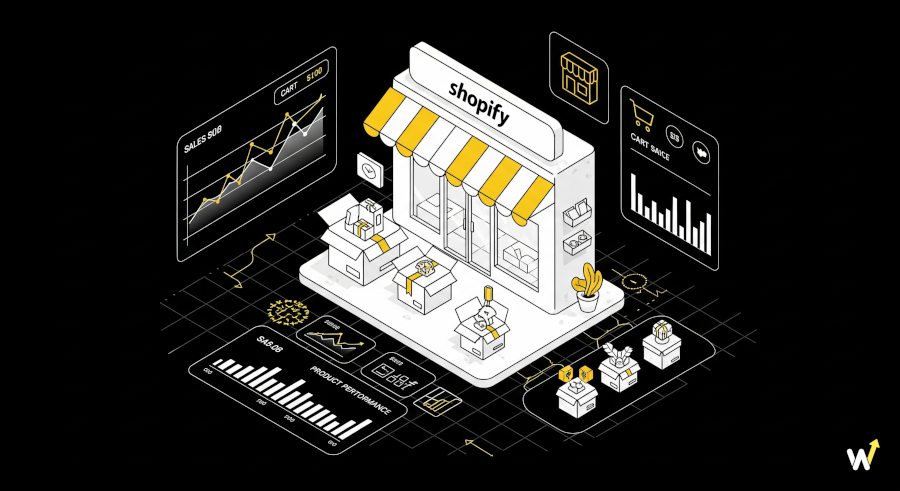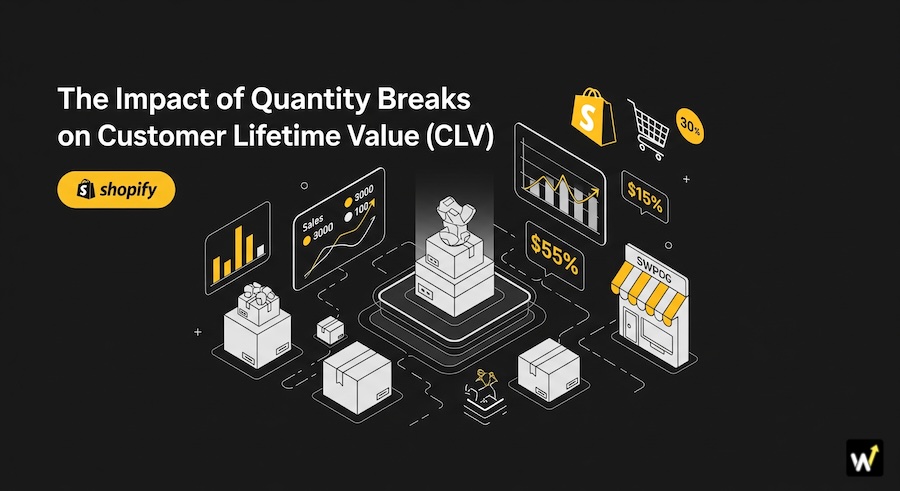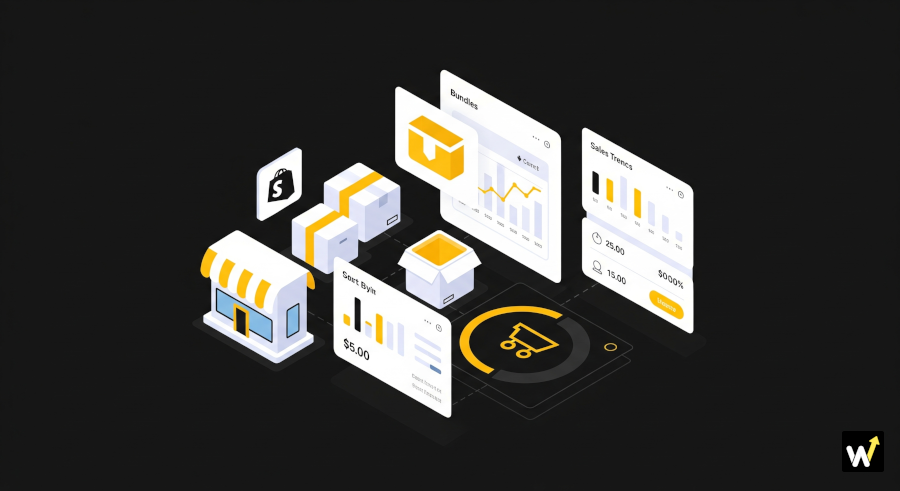Creating product bundles is a great way to increase sales, boost average order value, and offer more value to your customers. But in today’s competitive eCommerce world, simply grouping products together isn’t enough. Customers crave experiences — not just transactions. That’s where making your Shopify bundles fun and engaging can make a big difference.
In this blog post, we’ll explore practical ways to turn your product bundles into interactive, exciting experiences that not only drive conversions but also keep your customers coming back for more.
Why Engagement Matters in Shopify Bundles?
Before diving into how to make Shopify bundles more fun, let’s understand why engagement is important in the first place.
When customers are actively involved in the buying process, they’re more likely to:
- Spend more time on your site
- Buy more products
- Share their experience with others
- Return for repeat purchases
A boring “Buy These 3 Products Together” deal might get ignored. But an interactive, personalized bundle builder feels more like a game — and that’s something people enjoy.
Making bundles more fun isn’t just about aesthetics. It’s about improving the customer experience in a way that benefits both your business and your buyers.
1. Use Interactive Bundle Builders
One of the easiest and most effective ways to create fun shopify bundles is by using an interactive bundle builder app on Shopify.
Instead of pre-packing a fixed set of items, you allow customers to mix and match products based on their needs and preferences.
How it Works:
Imagine a skincare store offering a “Build Your Own Routine” bundle. Customers can:
- Choose a cleanser
- Pick a serum
- Select a moisturizer
- Get a discount for bundling them together
This not only gives them control and personalization, but also turns shopping into a mini activity.
Tools to Try:
Some great Shopify apps that allow this kind of experience include:
- Wizio Bundle App
- Bundle Builder by Agile
- PickyStory
- Fast Bundle
These apps offer drag-and-drop interfaces, visuals, and rules that make building a bundle feel like customizing a meal or outfit. It’s simple, visual, and way more enjoyable than a static product page.
2. Add Gamification Elements
Gamification means using fun, game-like features to make your store more engaging. Adding this to your product bundling strategy can make a big difference.
Examples of Gamification in Bundles:
- Progress Bars: Show a progress bar as customers add items to their bundle. For example, “Add one more item to unlock 20% off!”
- Unlock Rewards: Offer freebies, discount codes, or bonus items when customers build a bundle that meets certain criteria.
- Spin-to-Bundle: Use a mini wheel game where customers spin to reveal a product to add to their bundle.
These small features tap into human psychology. They make shopping feel more exciting and reward-driven. People love to feel like they’re winning a deal — not just buying stuff.
3. Focus on Visual Appeal and Easy Navigation
A confusing or dull bundle layout can turn customers away. But a clean, visually appealing design keeps them interested.
Here’s how to improve the visual and user experience of your bundle pages:
a. Use High-Quality Images
Let customers clearly see what they’re getting in each bundle. Zoomable product images and lifestyle photos help customers connect with the items.
b. Clear Steps
Break the bundle-building process into steps (Step 1: Pick a base item, Step 2: Add accessories, etc.). This makes the process easier to follow.
c. Show the Savings
Visually display how much customers are saving by buying the bundle. Use price breakdowns like:
Original price: ₹2,500
Bundle price: ₹1,999 – You save ₹501!
d. Mobile-Friendly Design
Many shoppers browse and buy from their phones. Make sure your bundle experience works smoothly on all screen sizes.
4. Tell a Story with Your Bundles
Bundling doesn’t have to be just functional — it can also be emotional and story-driven.
Also read: A Simple Guide to Shopify Bundles for Small Business Owners
Example:
Instead of calling your bundle “Work Essentials Kit,” call it “Conquer Your Workday Bundle” and describe it like:
Everything you need to stay focused, productive, and energized — from your morning coffee mug to your noise-canceling earbuds.
This storytelling approach helps customers visualize how the bundle fits into their lives, making it more appealing.
Other bundle ideas:
- “Rainy Day Relaxation Kit”
- “Weekend Getaway Pack”
- “New Parent Survival Bundle”
Each of these titles brings a specific situation to mind and creates a connection that goes beyond just the products.
5. Offer Limited-Time or Themed Bundles
People love exclusivity and urgency. Time-limited or seasonal shopify bundles encourage customers to act fast.
Some ideas:
- Holiday-Themed Bundles: Diwali Gifts, Christmas Sets, Valentine’s Day Kits
- Monthly Curated Bundles: A new bundle every month featuring trending products
- Flash Bundles: Limited-time offers (e.g., 48-hour bundle deals)
When customers know the deal won’t last, they’re more likely to click, explore, and buy right away. Try Wizio App for product bundling.
Conclusion: Turn Bundling Into an Experience
Shopify bundles can be so much more than just product combos. When done right, they become interactive, fun, and memorable shopping experiences that drive more engagement and sales.
Here’s a quick recap on how to make bundles more exciting:
- Use interactive bundle builders to let customers personalize their choices
- Add gamified elements like rewards and progress bars
- Focus on design, clarity, and smooth navigation
- Tell stories that emotionally connect with customers
- Use urgency and themes to make bundles feel exclusive
The best part? Most of these strategies are easy to set up with the right Shopify apps and a bit of creative thinking. Start small, test what works, and keep improving your bundle experience.
With the right approach, your Shopify bundles won’t just sell more — they’ll also delight your customers in the process.




